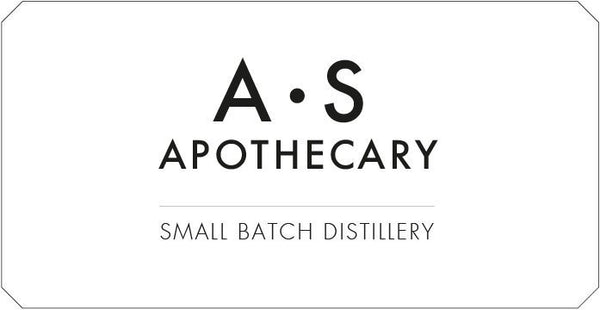Colombia - Monte Bonito DECAF
Colombia - Monte Bonito DECAF
Couldn't load pickup availability
Tasting Notes
Mango, red fruits and orange, apple pie sweetness with notes of praline and milk chocolate, nice and smooth
Cupping score - 85.25
Bean - Mixed
Altitude - 1800m
DECAF
Behind the Beans
On the road between Manizales and Honda sits the small town of Monte bonito that border the slopes of the Cerro Bravo and has a population of less than a thousand inhabitants. The town still holds onto the traditions of the campesinos and allows a view into the history of life as farmers in the high Andes of Colombia. The town has a tumultuos history being heavily affected by the civil war and three times was taken over by the FARC in its past.
Most of the coffee growers from this region, are very small with only between 1 - 3 hectares with 89 associates in this group. They are responsible for full management of the farm and will pick the coffee themselves only asking for help from their neighbours when needed.
During the harvest the coffee is picked, depulped and left to ferment for between 16 to 18 hours. Next day the coffee is then washed and is ready for drying. Some of them have ´´Eldas¨ (on the roof of the house), some others ¨carros quindianos´´ (drying beds with a rail system ) the rest have a parabolic tents for drying the coffee for between 10 -14 days depending on the climate.
After this the coffee will then be delivered to the Manizales Cooperative collection point in the town. Here it is assessed and separated according to quality where the producers receive extra payment for good quality. There is also an extra premium for producers who deliver the coffee to the Cooperartive below 11% moisture. From the collection point the coffee then travels to the cooperative warehouse in Manizales where it is stored.
The Sugar Cane Decaf Process
The coffee first undergoes steaming at low pressures to remove the silver skins before then being moistened with hot water to allow the beans to swell and soften. This then prepares the coffee for the hydrolysis of caffeine, which is attached to the salts of the chlorogenic acid within the coffee.
The extractors (naturally obtained from the fermentation of sugar cane and not from chemical synthesis) are then filled with moistened coffee which is washed several times with the natural ethyl acetate solvent, to reduce the caffeine down to the correct levels. Once this process is finished the coffee then must be cleaned of the remaining ethyl acetate by using a flow of low pressured saturated steam, before moving onto the final steps. From here the coffee is sent to vacuum drying drums where the water previously used to moisten the beans is removed and the coffee dried to between 10-12%.
The coffee is then cooled quickly to ambient temperature using fans before the final step of carnauba wax being applied to polish and provide the coffee with protection against environmental conditions and to help provide stability. From here, the coffee is the packed into 35kg bags ready for export.
250g/1Kg
Share


